2025 Kia Telluride Review: Rougher Roads Ahead

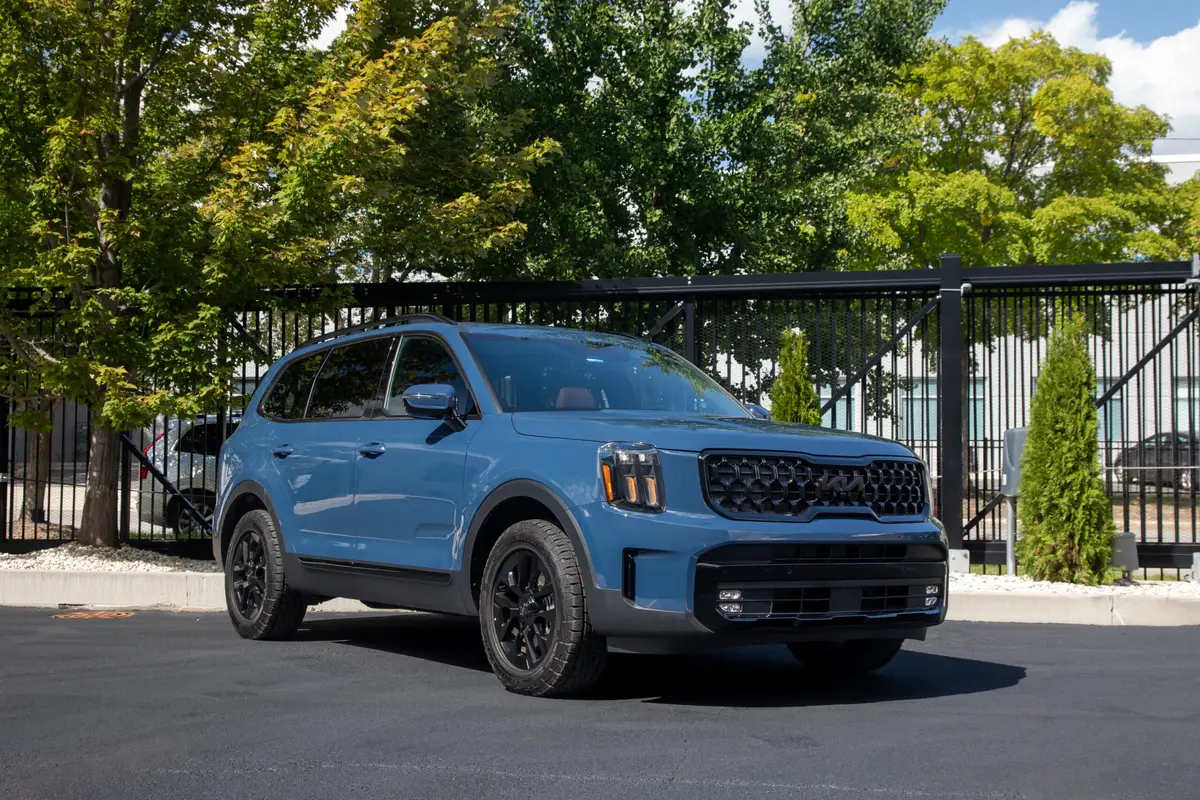
Key Points in This Review
- The Kia Telluride is largely unchanged since its refresh for the 2023 model year.
- The sole powertrain is a 3.8-liter V-6 with 291 horsepower and 262 pounds-feet of torque, and it pairs with an eight-speed automatic transmission.
- The X-Pro trim’s chunky all-terrain tires might improve grip in rare off-roading situations, but they make the Telluride feel clumsy and numb on pavement.
- While the Telluride’s cabin materials and design punch above this SUV’s price, its tech is somewhat outdated.
After driving a top-of-the-line 2025 Kia Telluride SX-Prestige X-Pro, I’m reminded why the Telluride remains so popular — and where it needs to improve.
Related: Kia Shows Off 2027 Telluride’s Bold New Look Ahead of Los Angeles Auto Show Debut
Is the 2025 Kia Telluride Still a Great 3-Row SUV?
- Takeaway: A comfortable ride, smooth V-6, upscale interior and roomy cabin are still strengths of the Telluride.
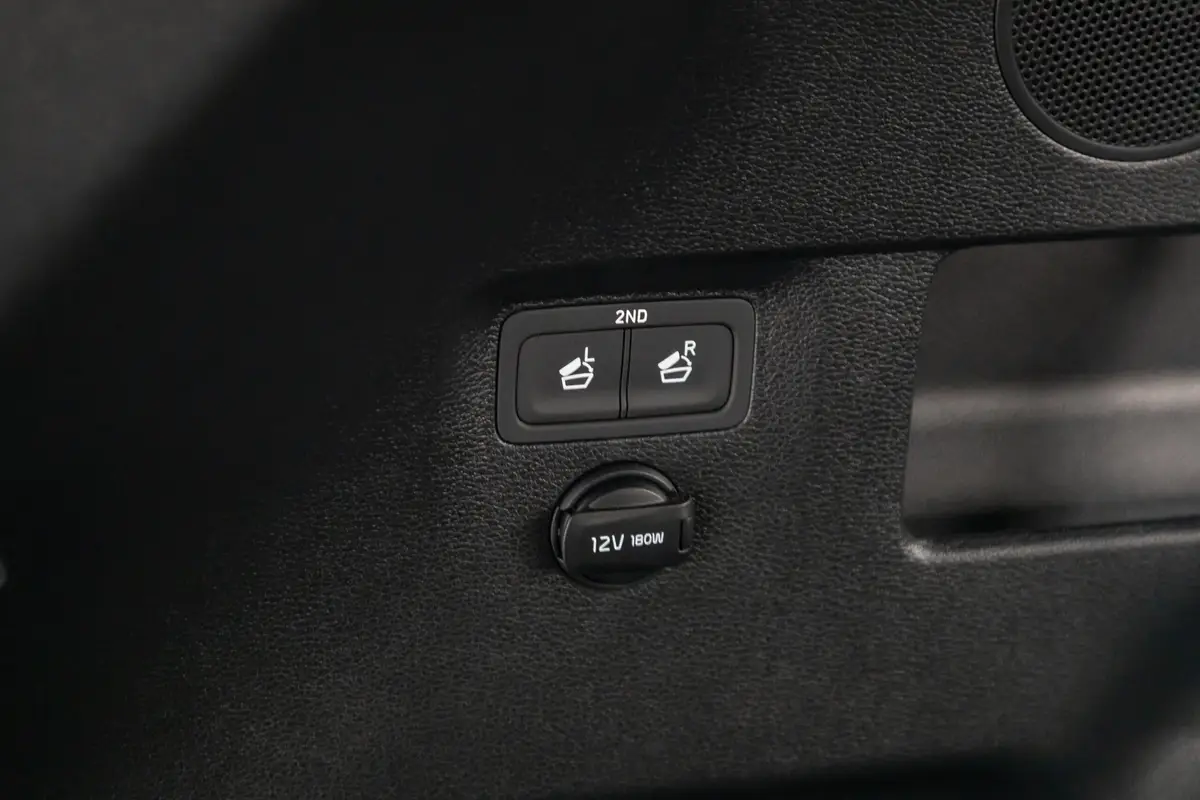
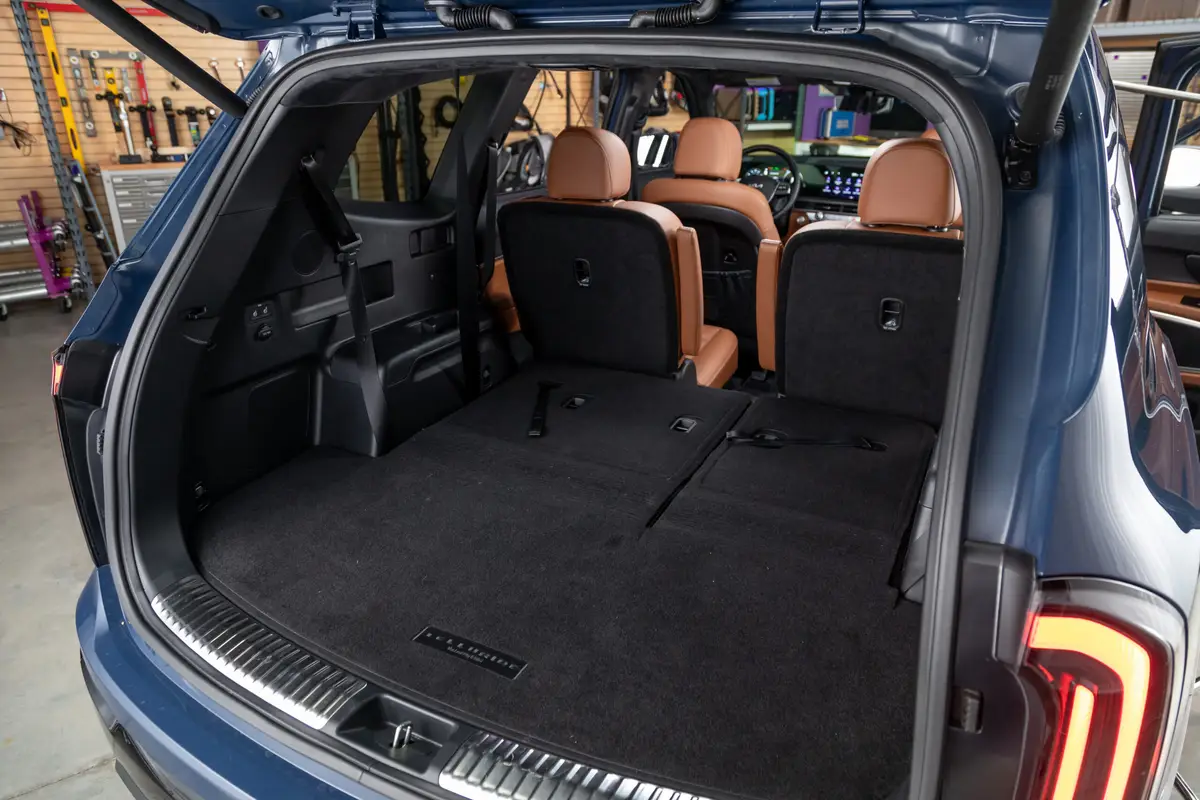
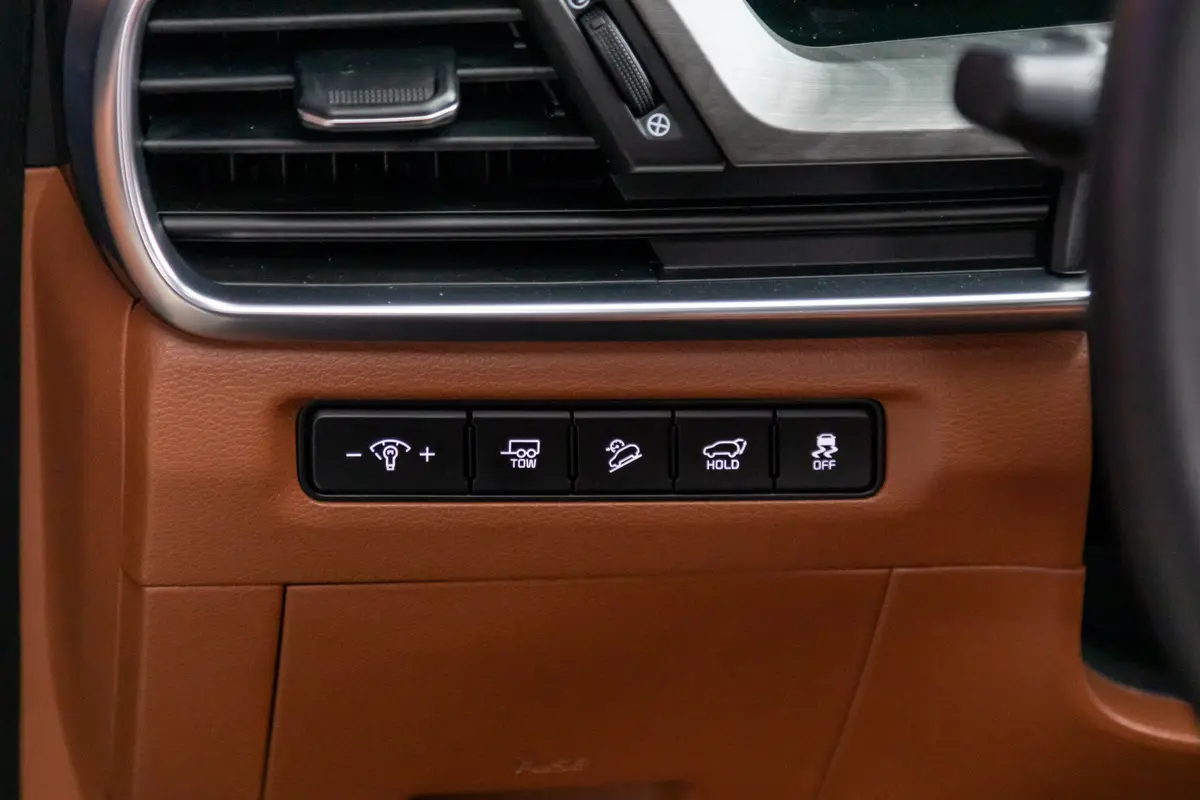
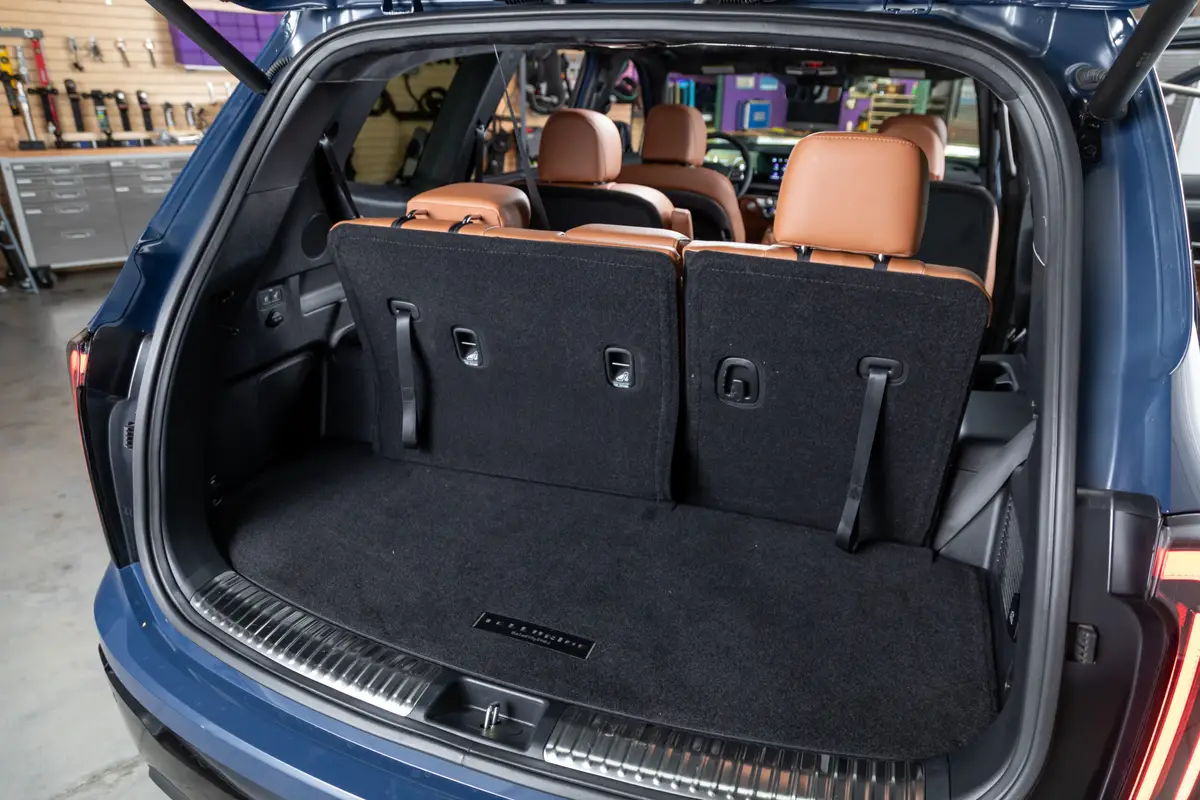
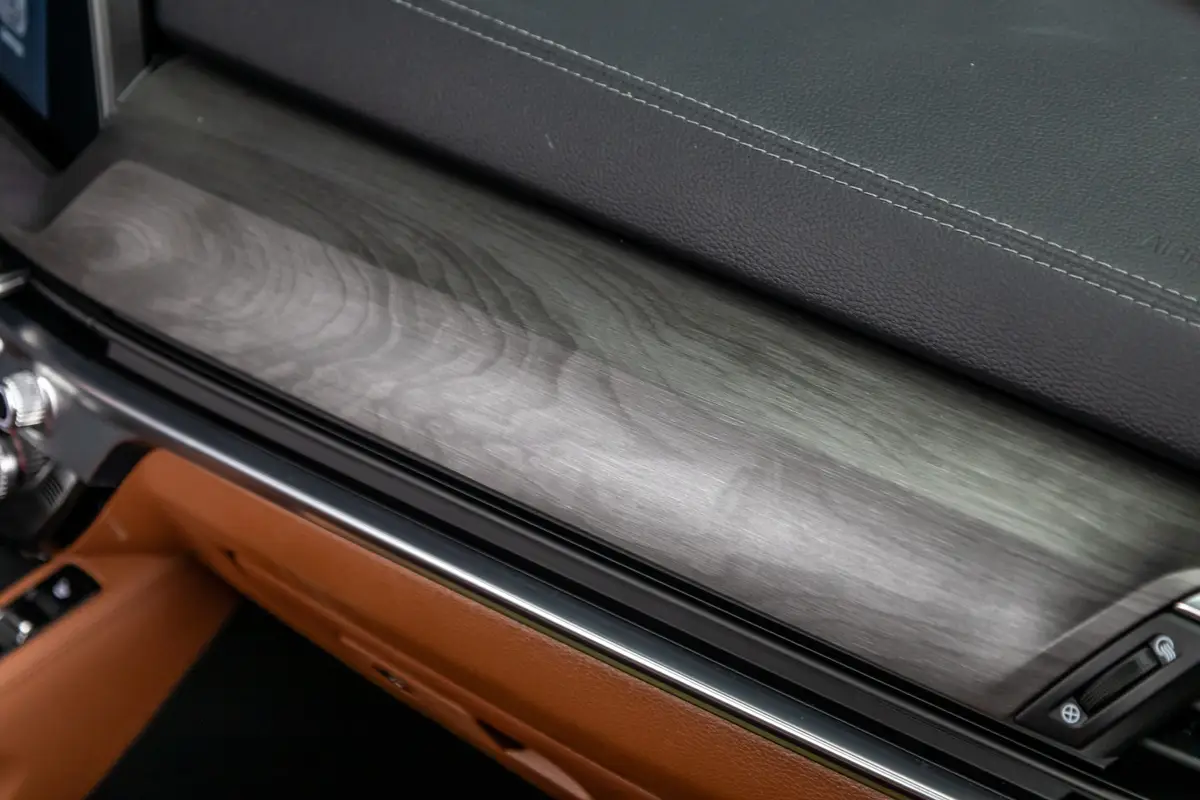

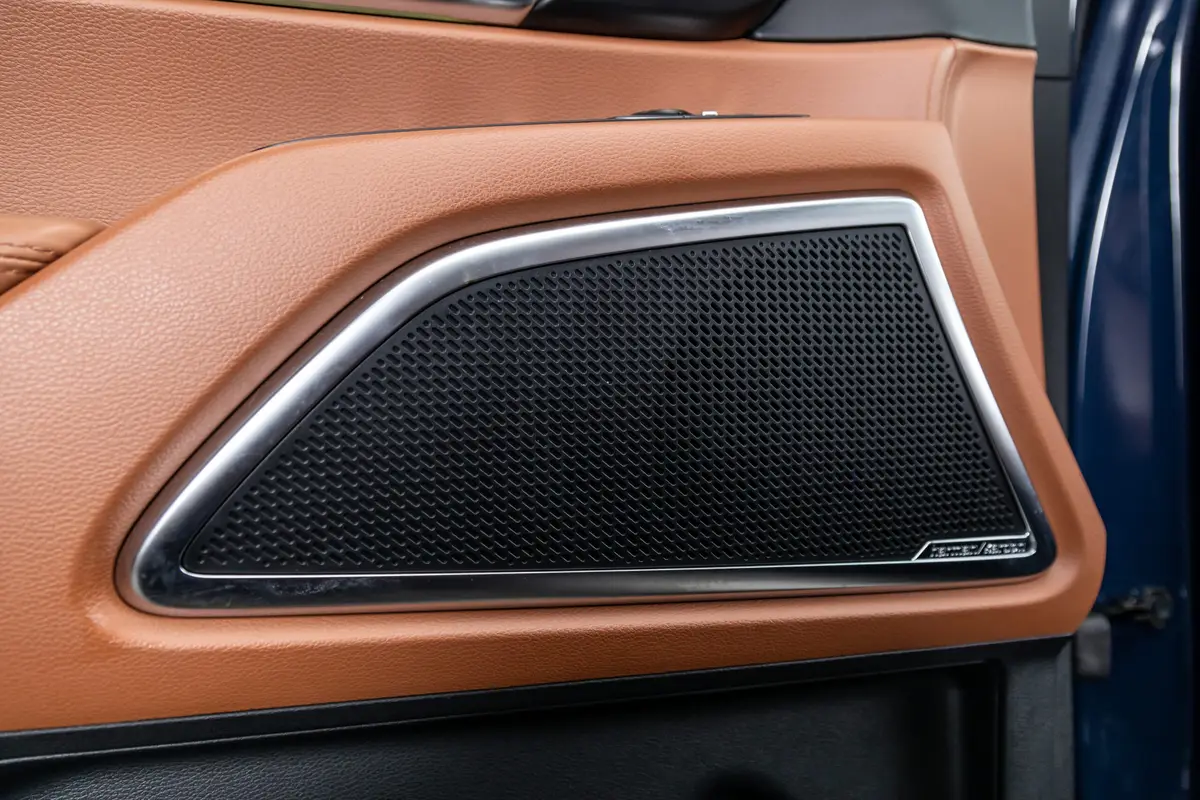

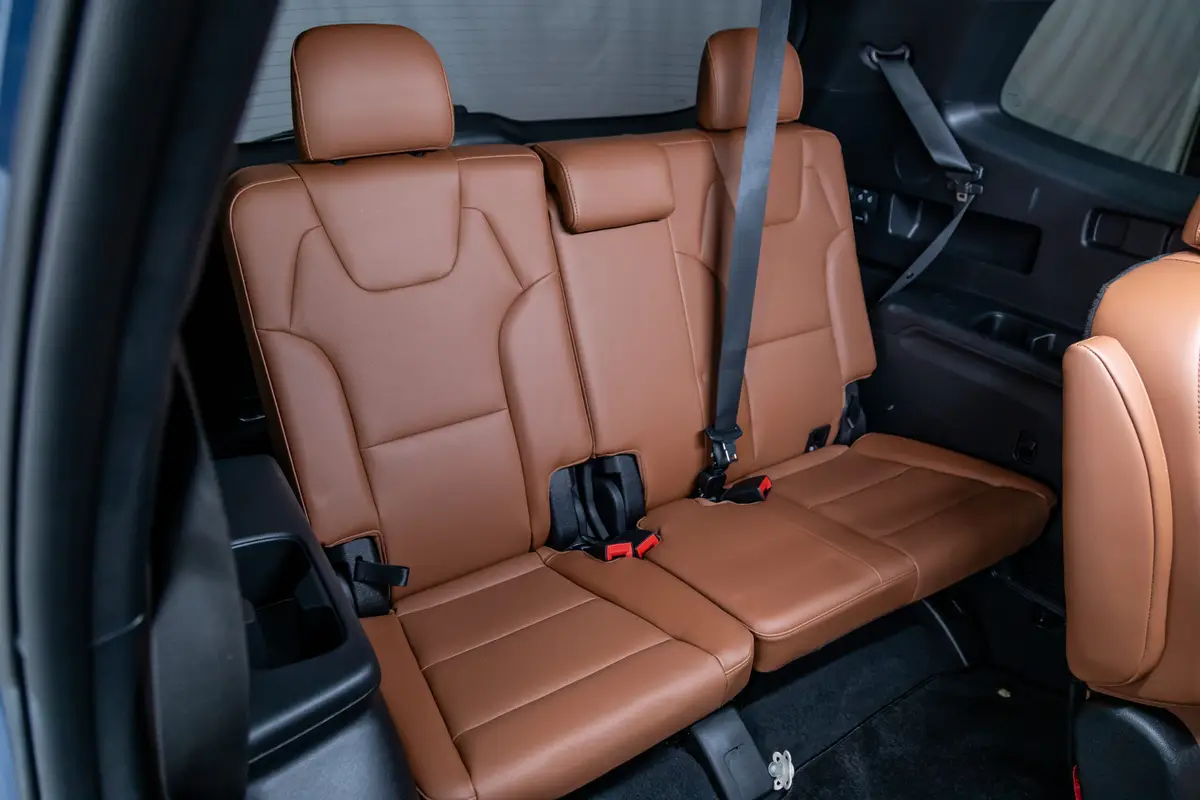
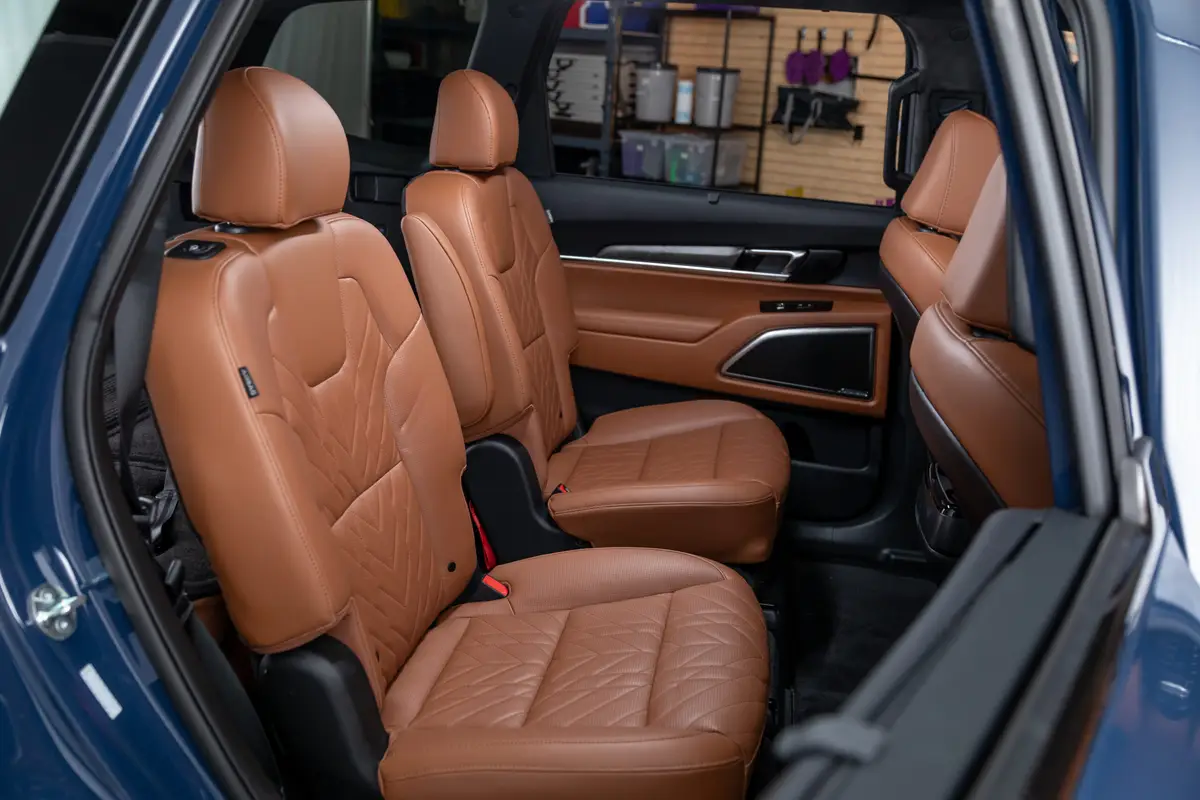
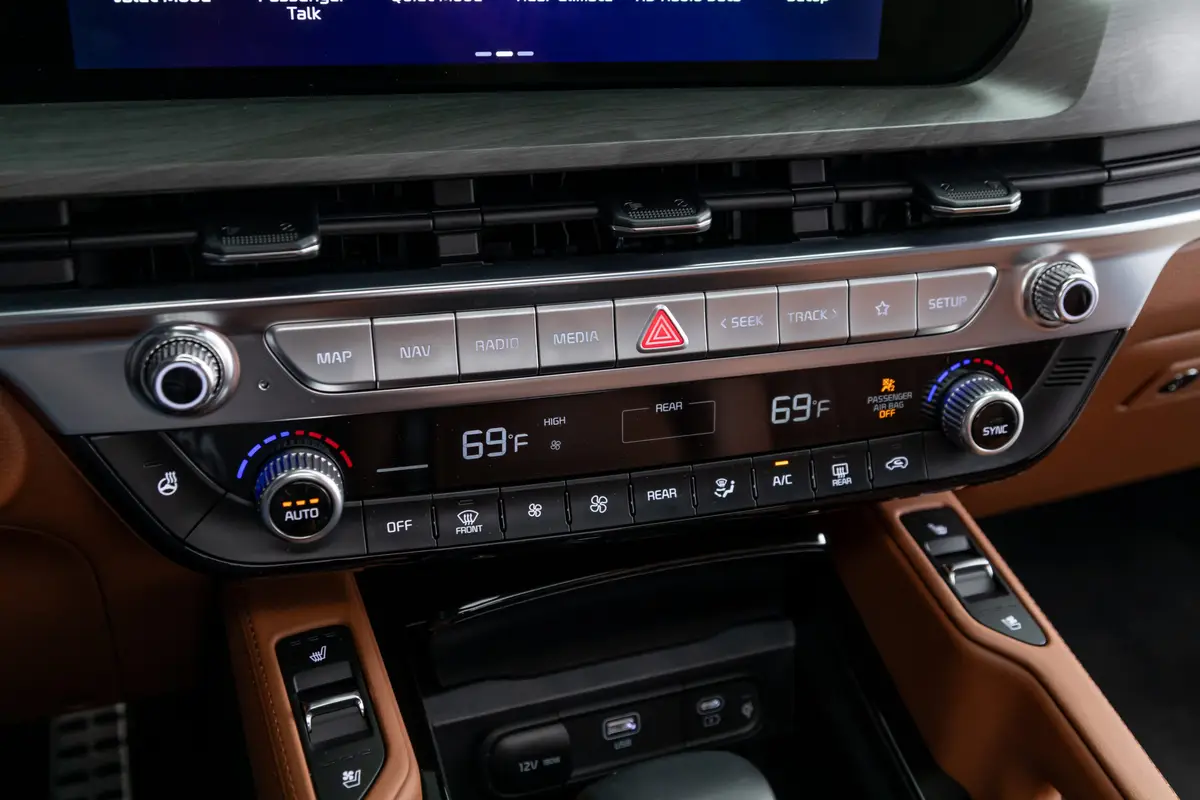
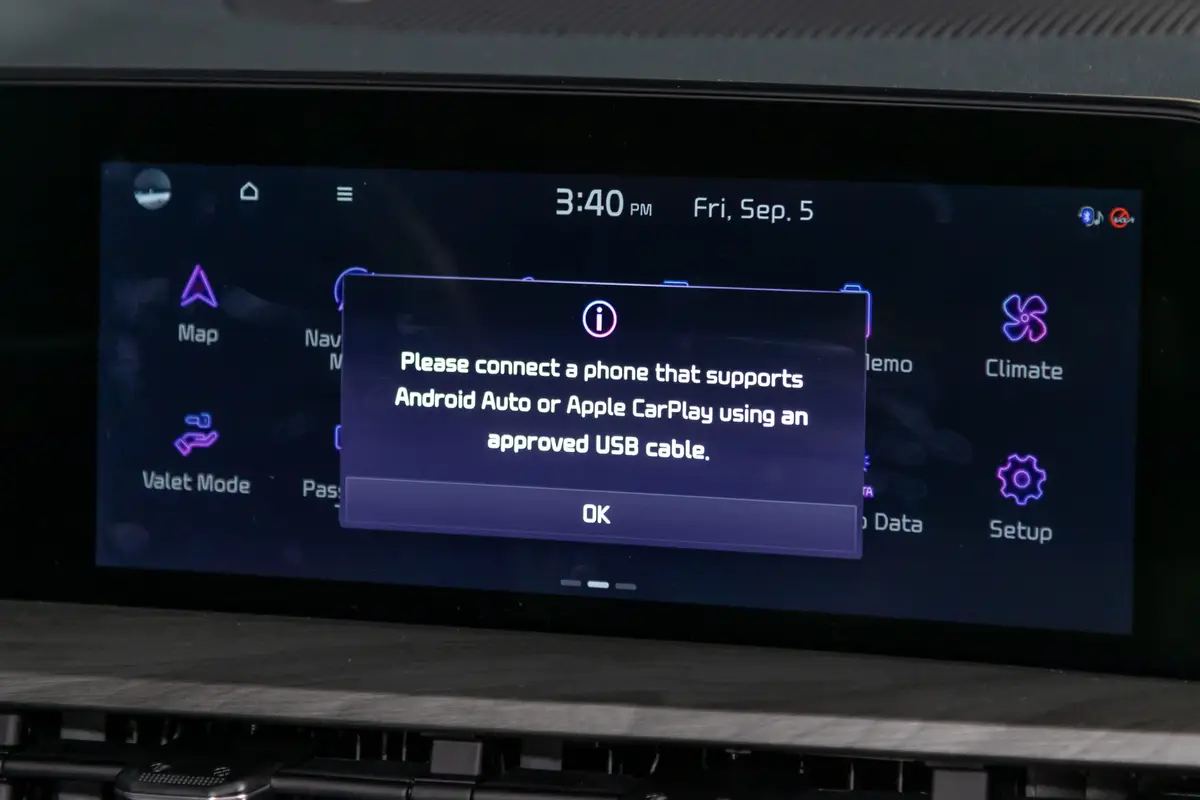
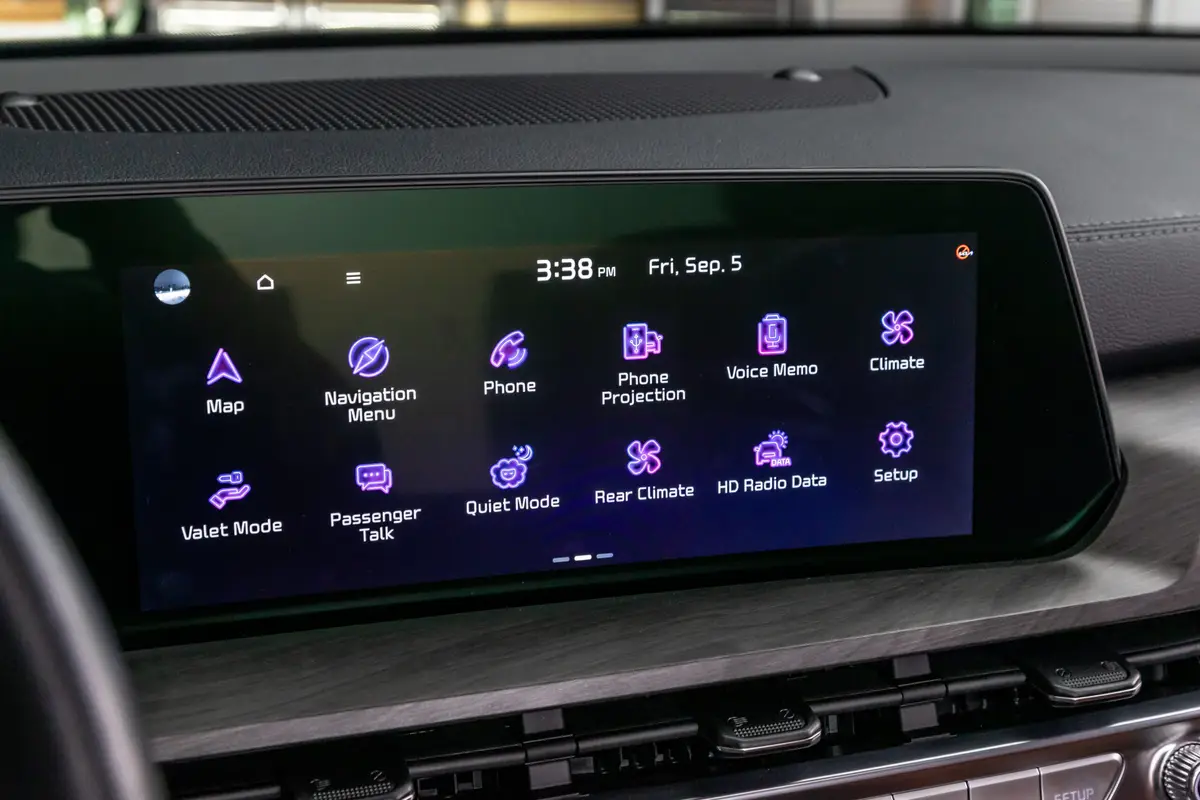
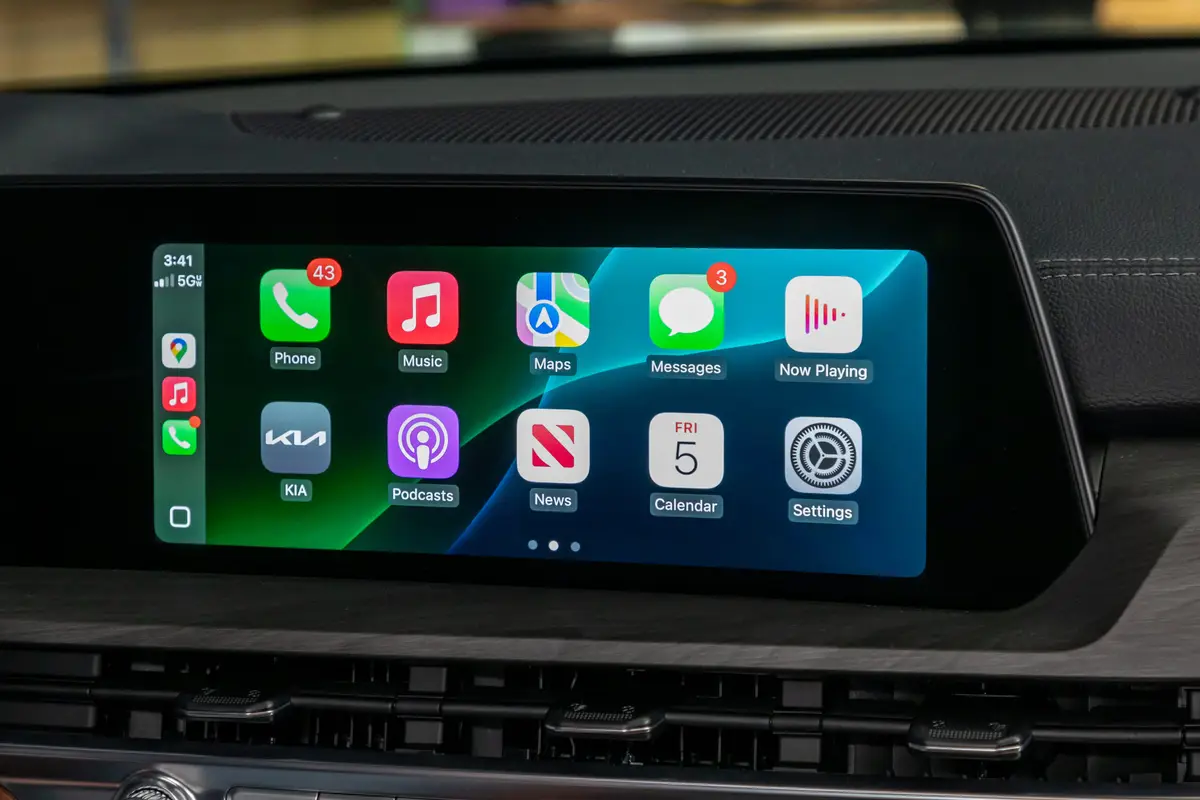
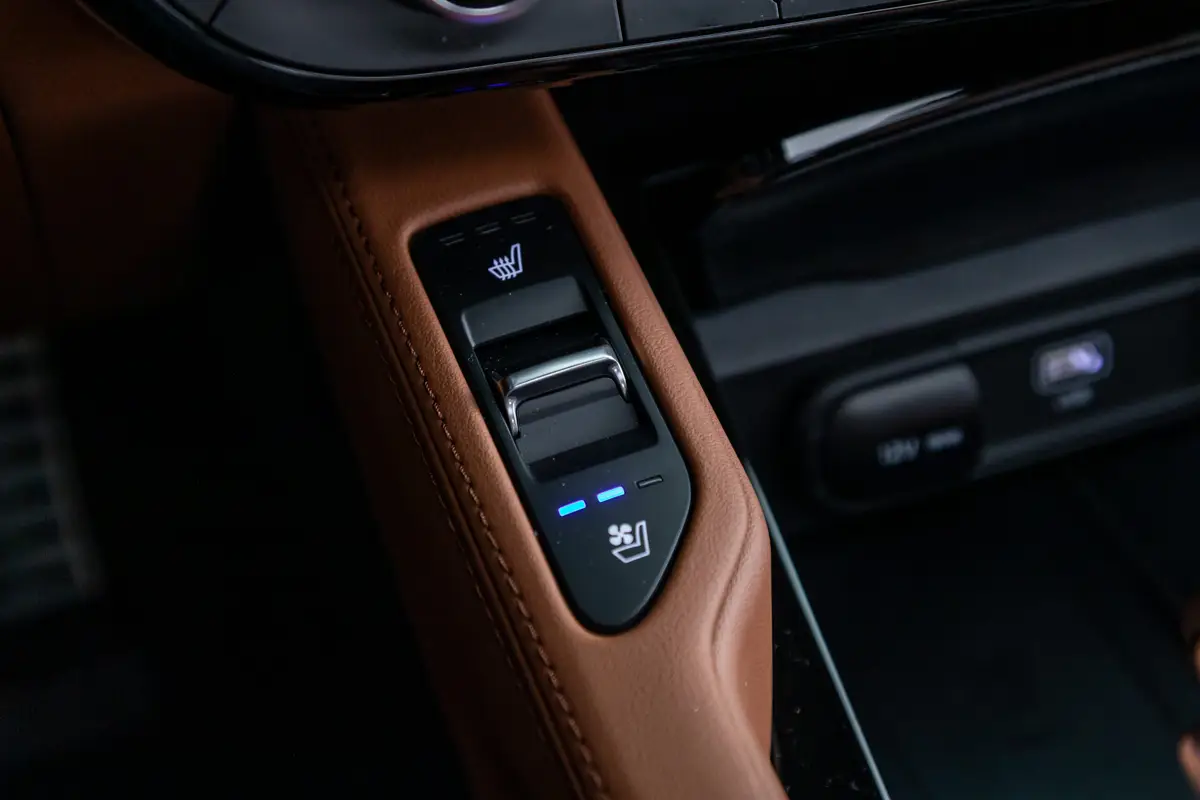

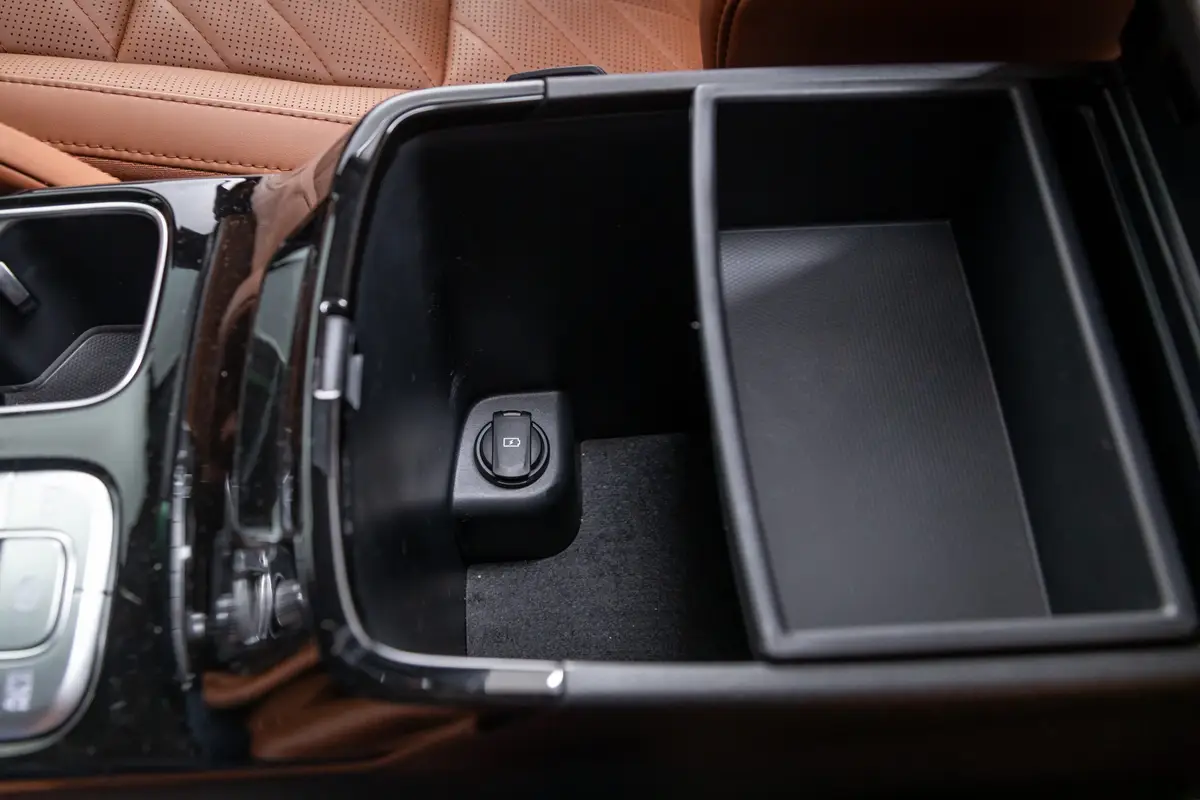
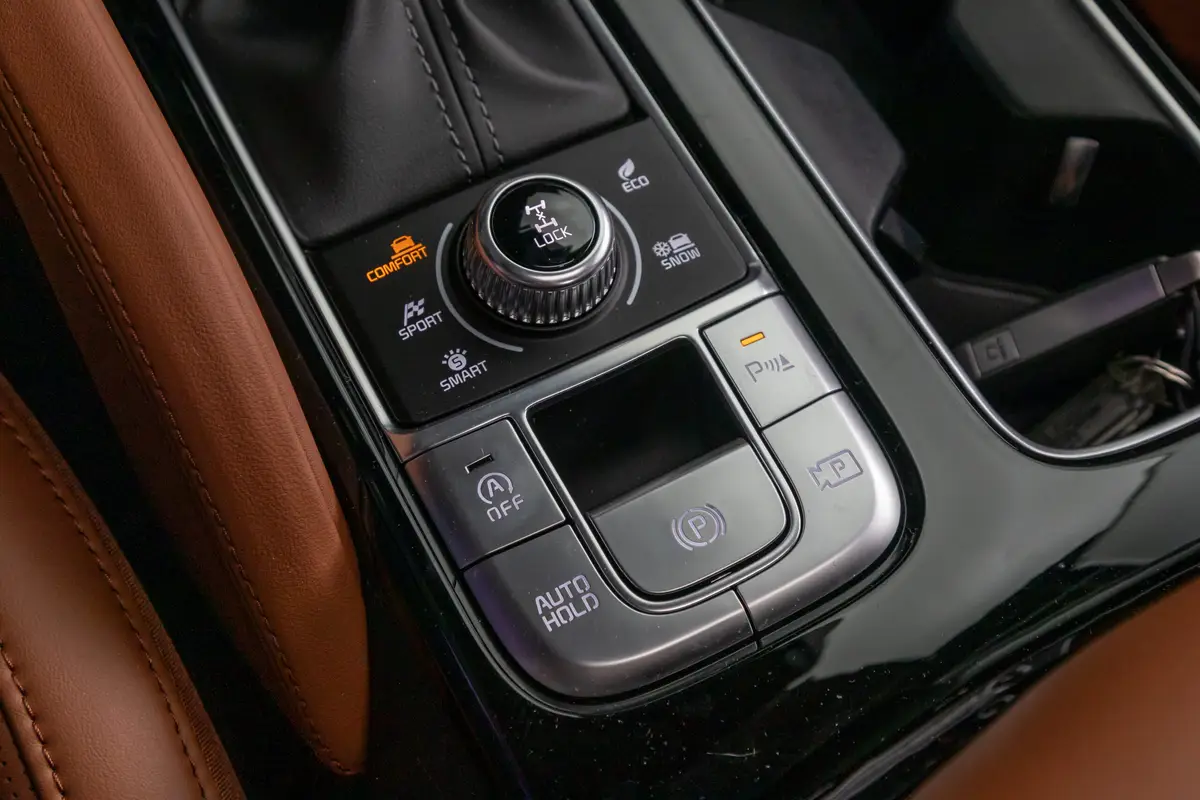

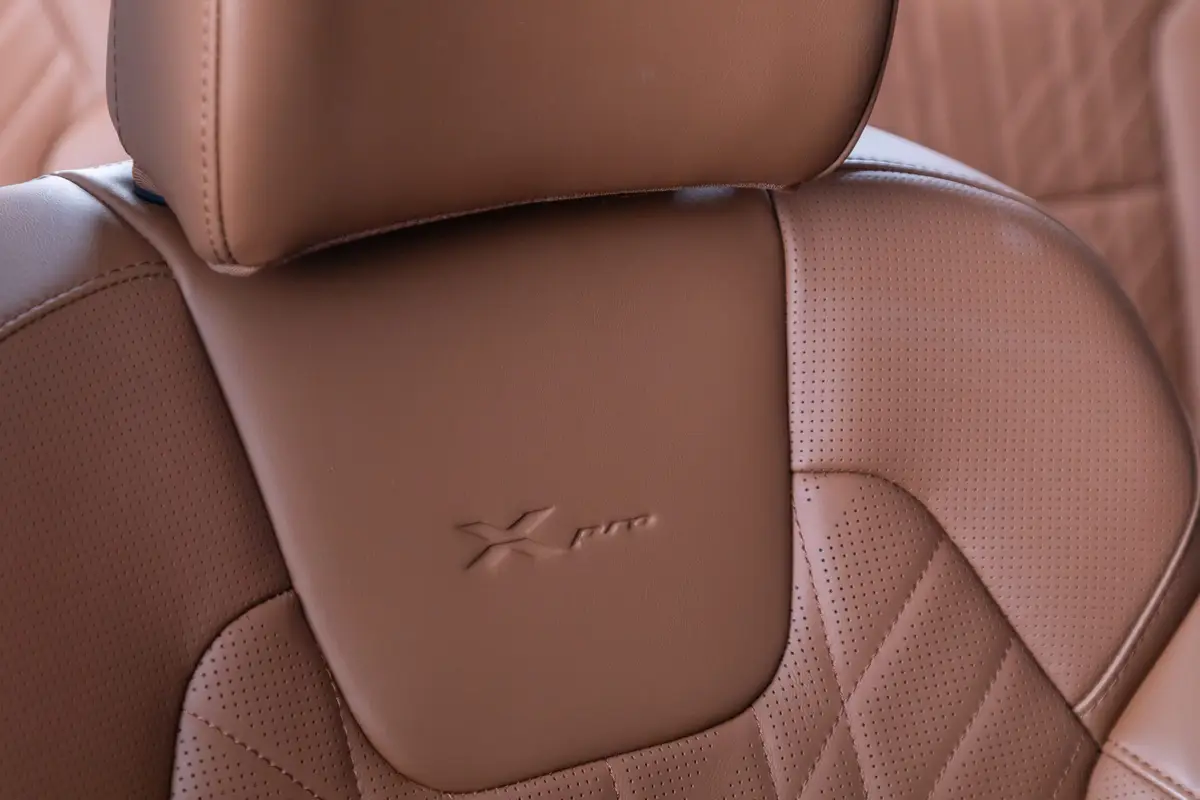


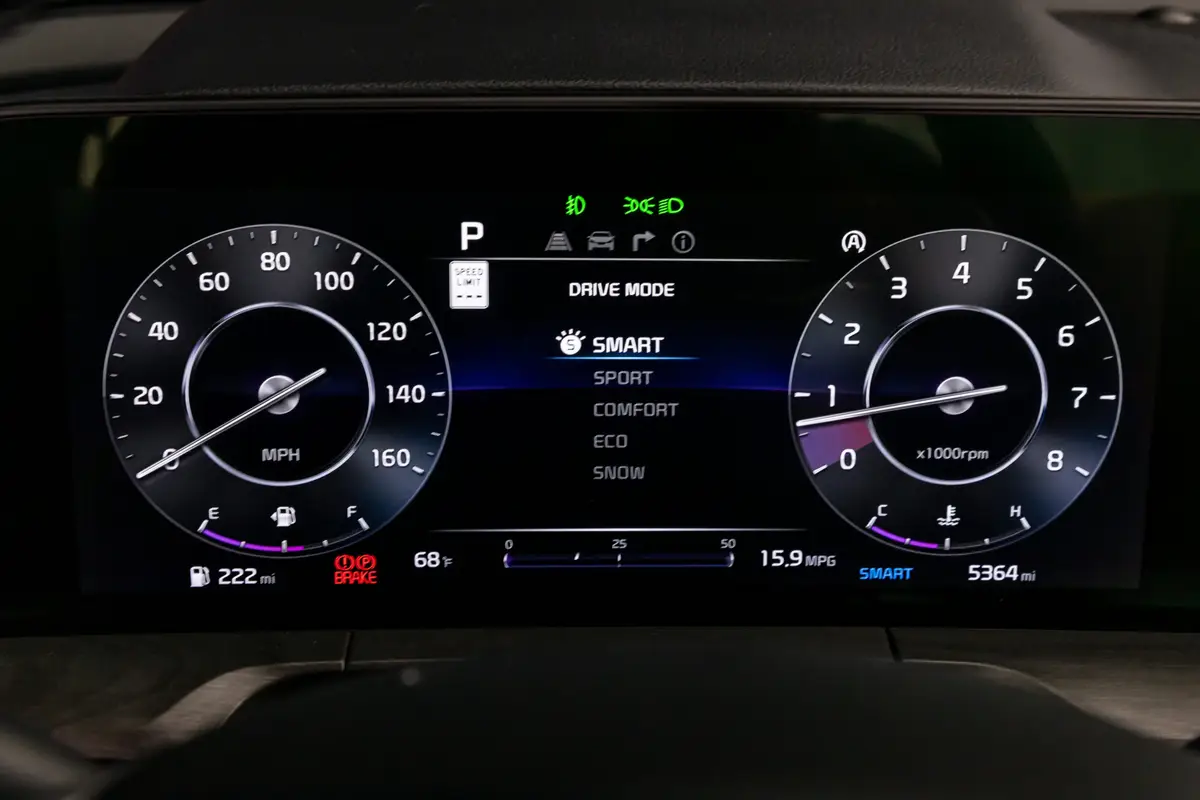


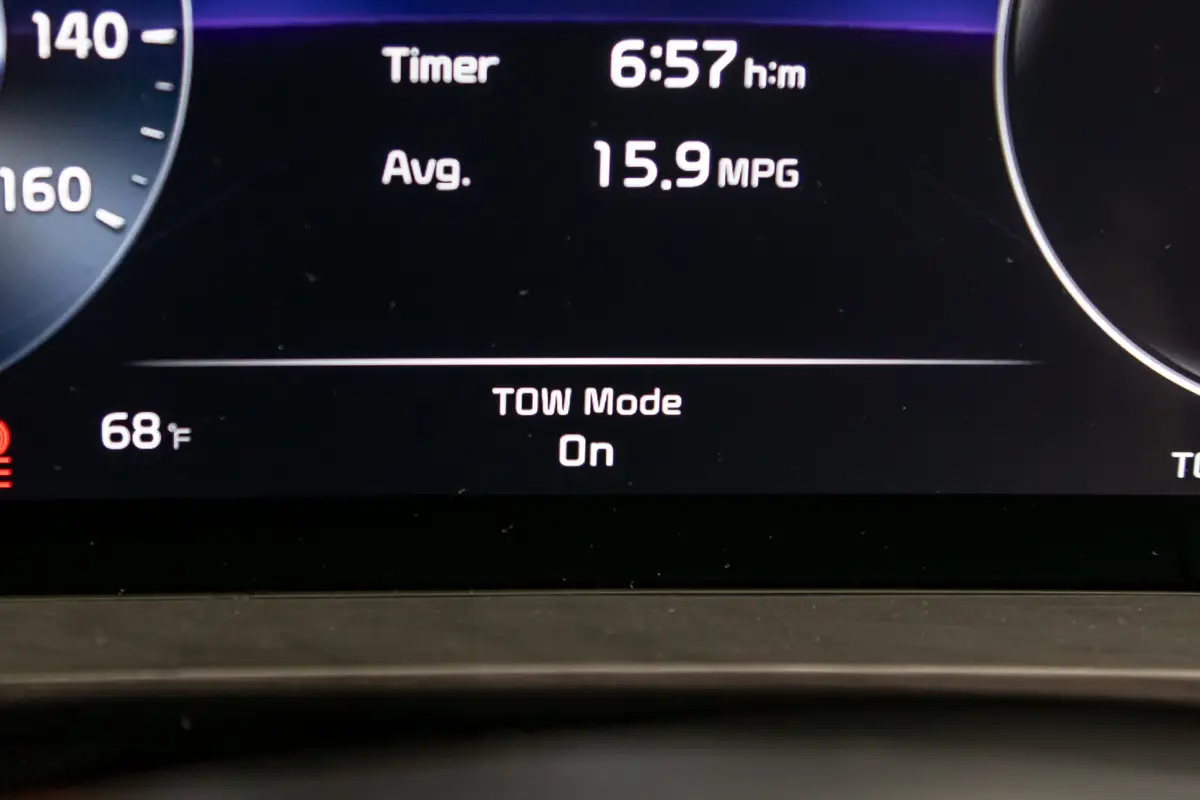
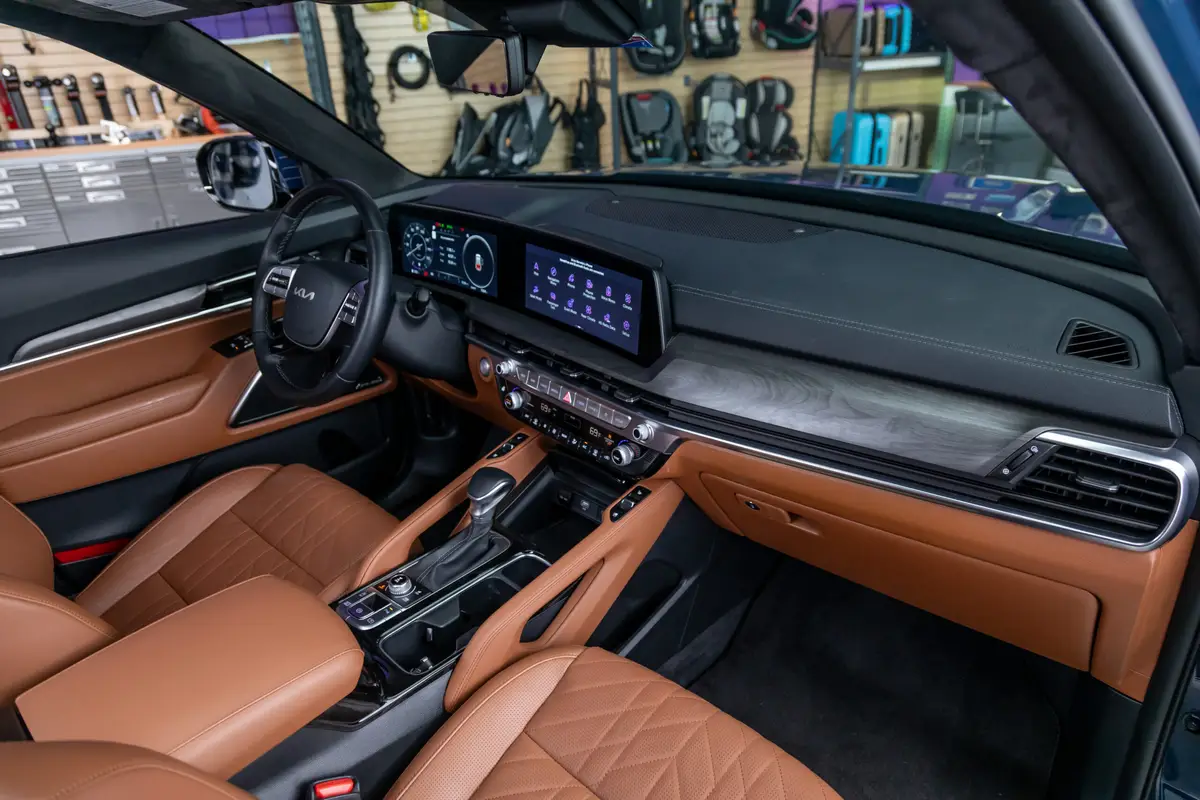
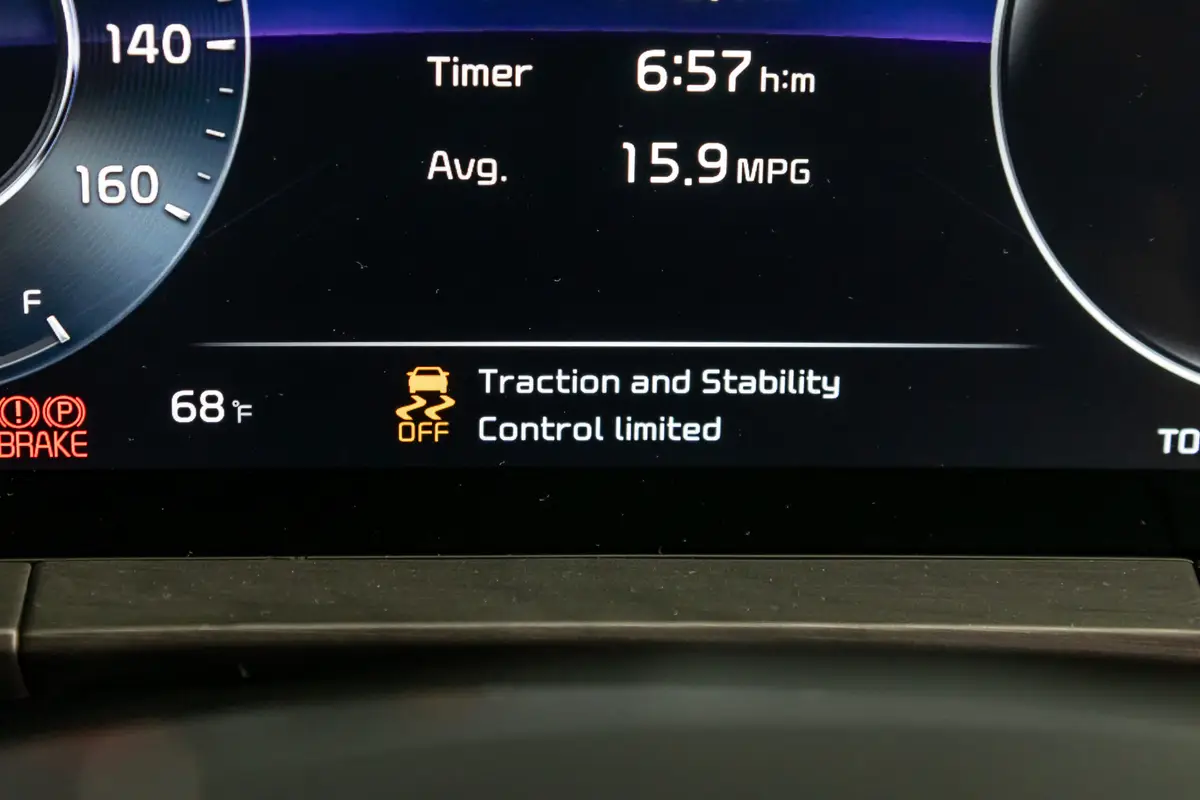




























Climbing into the Telluride SX-Prestige, you’ll find a surprisingly upscale cabin, particularly when it’s decked out with our test vehicle’s optional Terracotta Nappa leather upholstery ($295 and well worth the price). High-quality materials abound, and every surface that should be soft-touch is. Second-row passengers in the SX-Prestige get comfortable captain’s chairs, and the third-row bench is acceptable for adult passengers (including my 6-foot-1 self).
Dual 12.3-inch displays dominate the dashboard; they’re seamlessly integrated into one large, modern housing. More importantly, the now-familiar-to-me displays still look modern despite the infotainment system being an older version of Kia’s tech. They remain easy to navigate. The wealth of physical climate and other controls below the central touchscreen is also a plus.
Rounding out the Telluride’s excellence is its naturally aspirated V-6. With just 291 hp for a roughly 4,500-pound SUV, the Telluride isn’t quick, but its V-6 delivers power smoothly and has enough in reserve for highway passing and merging to not be harrowing. What impresses more is how unobtrusively the engine operates. Many competitors have made the switch to high-output turbocharged four-cylinder engines, and those can feel unrefined and grating — not worth whatever power or fuel-economy advantages they hold over Kia’s old-school V-6.
Related Video:
Is the Telluride Kia’s Best 3-Row SUV?
- Takeaway: The Telluride’s aging interior tech and the clumsy ride of the X-Pro trim level mean its only advantages over Kia’s all-electric EV9 are its price and range.
Having spent extensive time in both the 2025 Telluride and a 2024 Kia EV9 (which is one of our long-term test vehicles), I prefer the EV9. Even excluding the relative quickness of the EV9’s all-electric powertrain, that assessment still holds true. The EV9 has wireless Apple CarPlay and Android Auto connectivity, while the Telluride still relies on a wired connection for smartphone projection. More frustratingly, the wired connection comes through a USB-A port, and we’re now several generations of smartphone removed from the last time the included charging and data cable had a USB-A connection. When trying to connect my iPhone, I had to try several cables before the car recognized the connection. The nearby USB-C charging-only port exists just to rub it in, I guess.
The Telluride is also less enjoyable to drive, at least in the X-Pro configuration. I had hoped that its smaller 18-inch wheels and all-terrain tires would produce a more comfortable ride on pavement, like many other off-road-oriented vehicles, but that was not the case. Not only are pavement impacts annoyingly harsh, but the tires make the Telluride’s steering feel numb and cause the SUV to wander within its lane.
Buyers will likely pay less for a Telluride than an EV9; the top Telluride SX-Prestige’s price tag falls just below the base rear-wheel-drive EV9’s. Just as importantly, the Telluride is better suited to one of a three-row SUV’s main purposes: the family road trip. While it might be less roomy, the Telluride can go significantly farther than an EV9 before refueling — and as of this writing (and for the foreseeable future), refueling a gas-powered vehicle on a road trip is still easier and faster than charging an electric vehicle. For shorter around-town trips, though, I prefer the EV9.
- ${price_badge()}
- ${ami_badge()}
- ${battery_badge()}${ev_report_link()}
- ${hot_car_badge()}
- ${award_badge()}
- ${cpo_badge()}
${price_badge_description}
${ami_badge_description}
The EV Battery Rating is based on this vehicle's current expected range relative to the vehicles expected range when new. ${battery_badge_text}
This vehicle is certified pre-owned, backed by a manufacturer warranty, and typically undergoes a rigorous multi-point inspection to ensure quality and reliability.
This vehicle is currently in high demand given its competitive price, desirable features, and overall condition, and may have a higher chance of selling quickly.
Shop the 2025 Kia Telluride near you


Is the Kia Telluride X-Pro a Capable Off-Road SUV?
- Takeaway: The X-Pro trim is slightly more capable off-road than other Tellurides, but it lacks many meaningful upgrades that would make us feel comfortable taking it farther than an unpaved road.


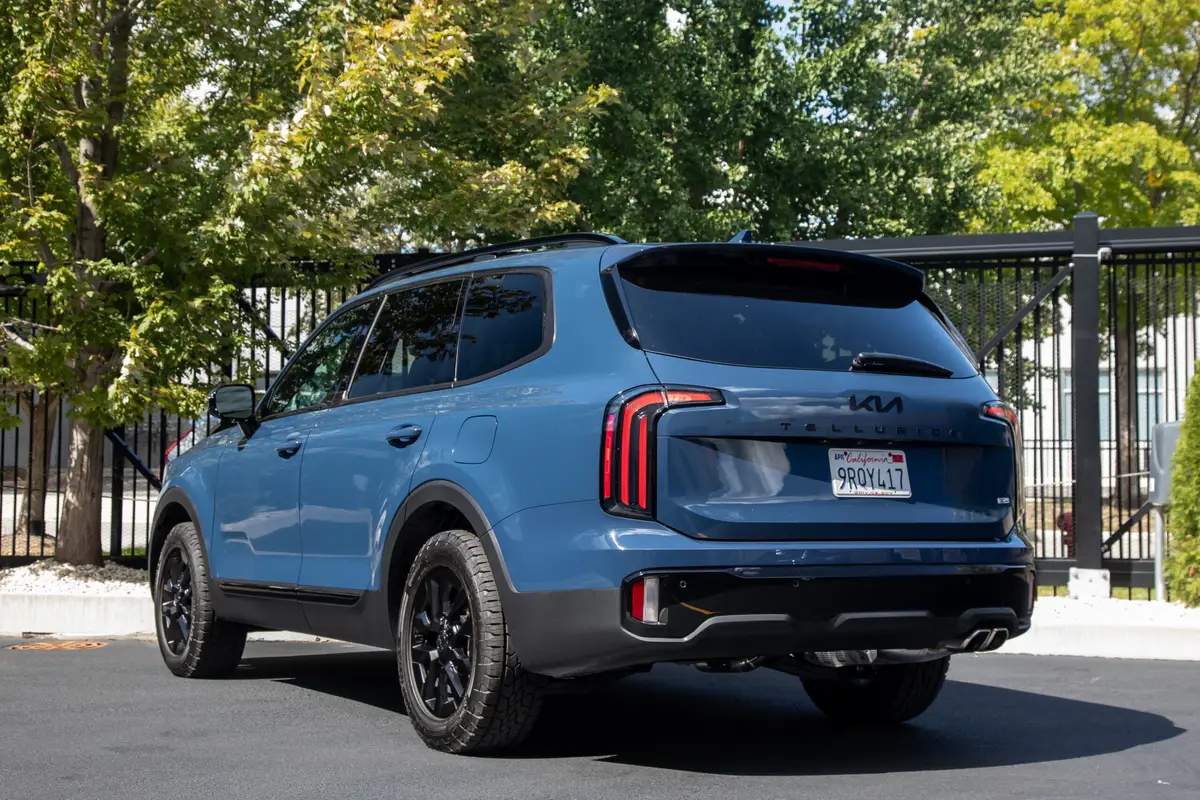
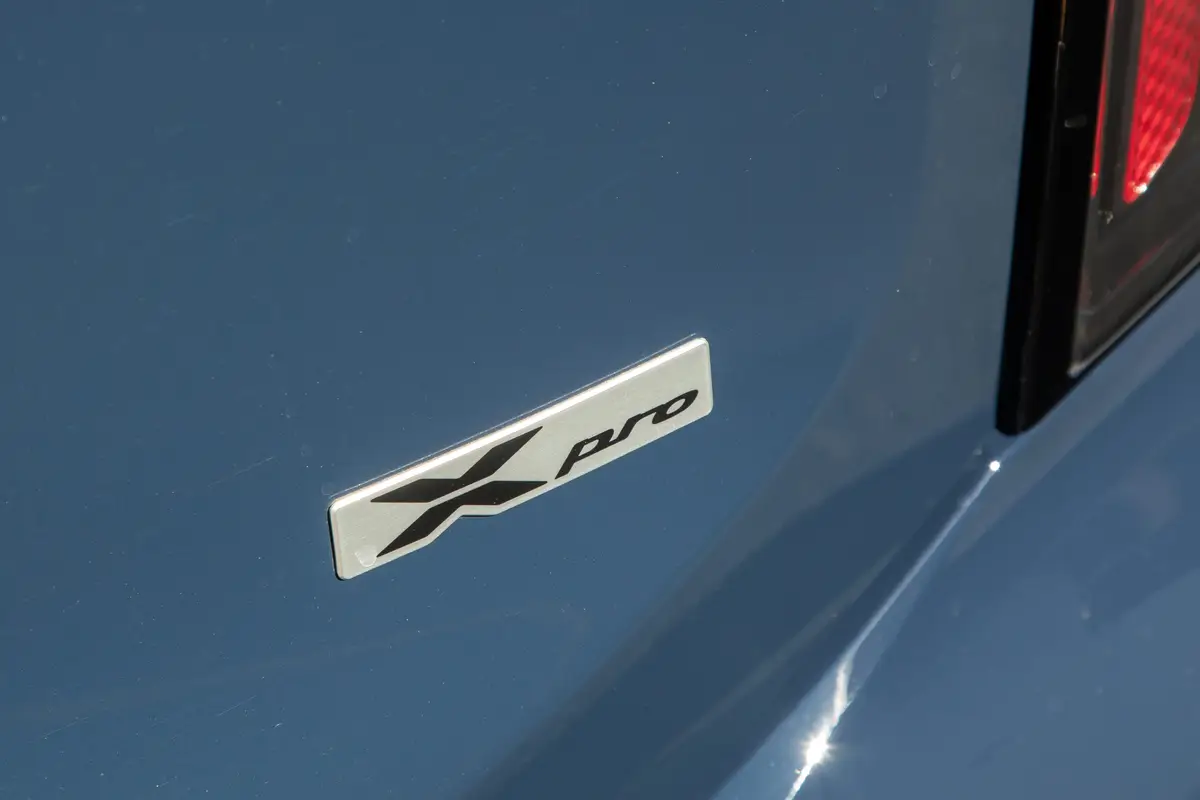
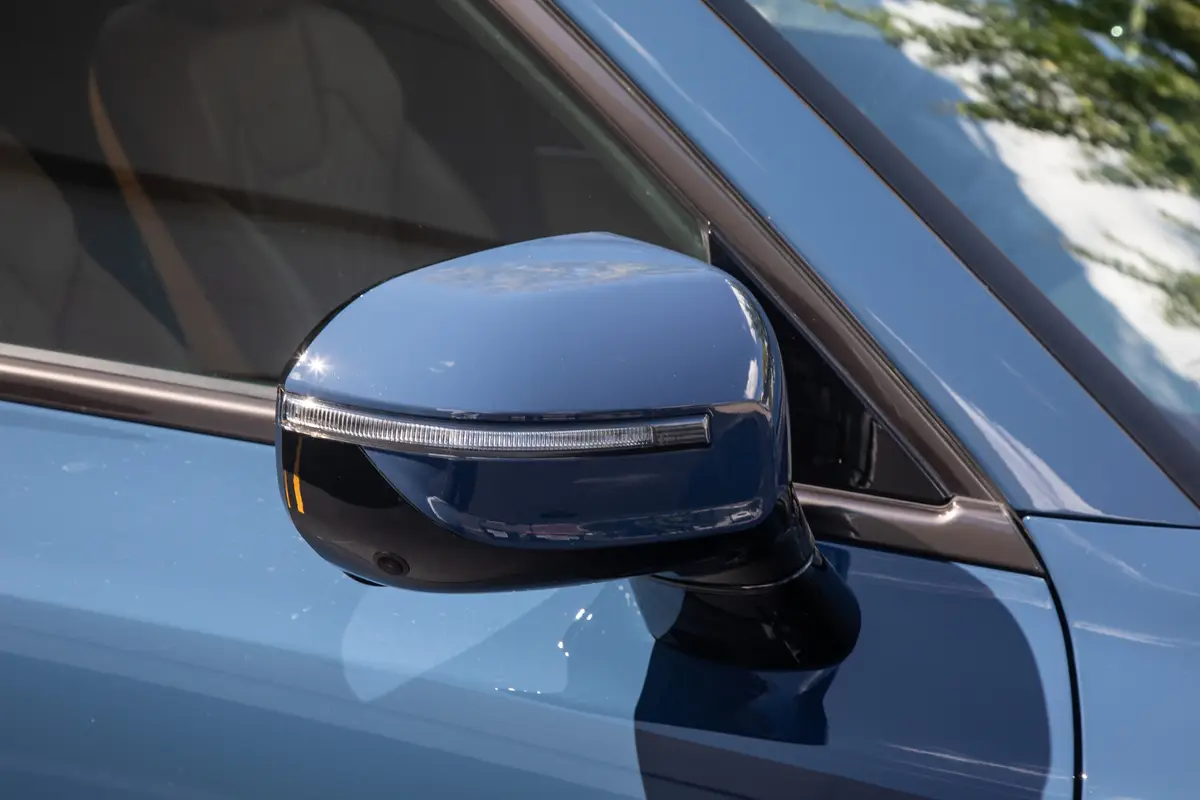

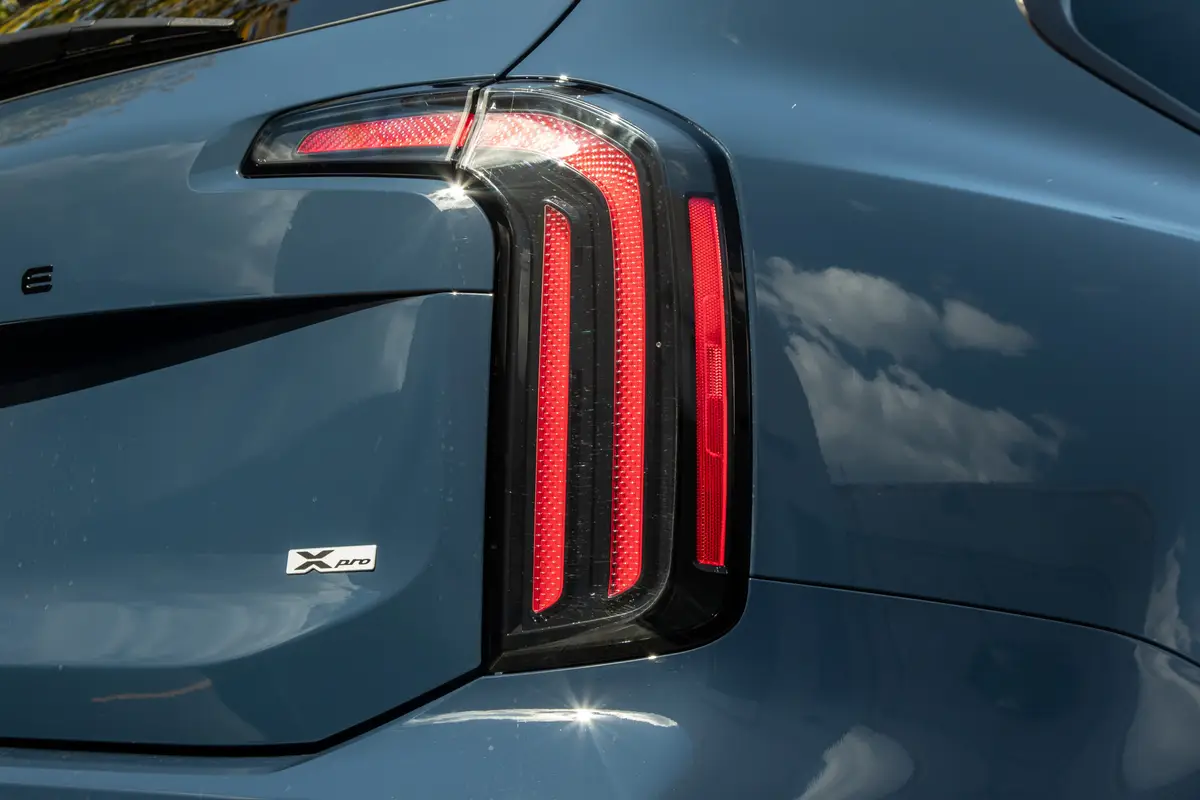

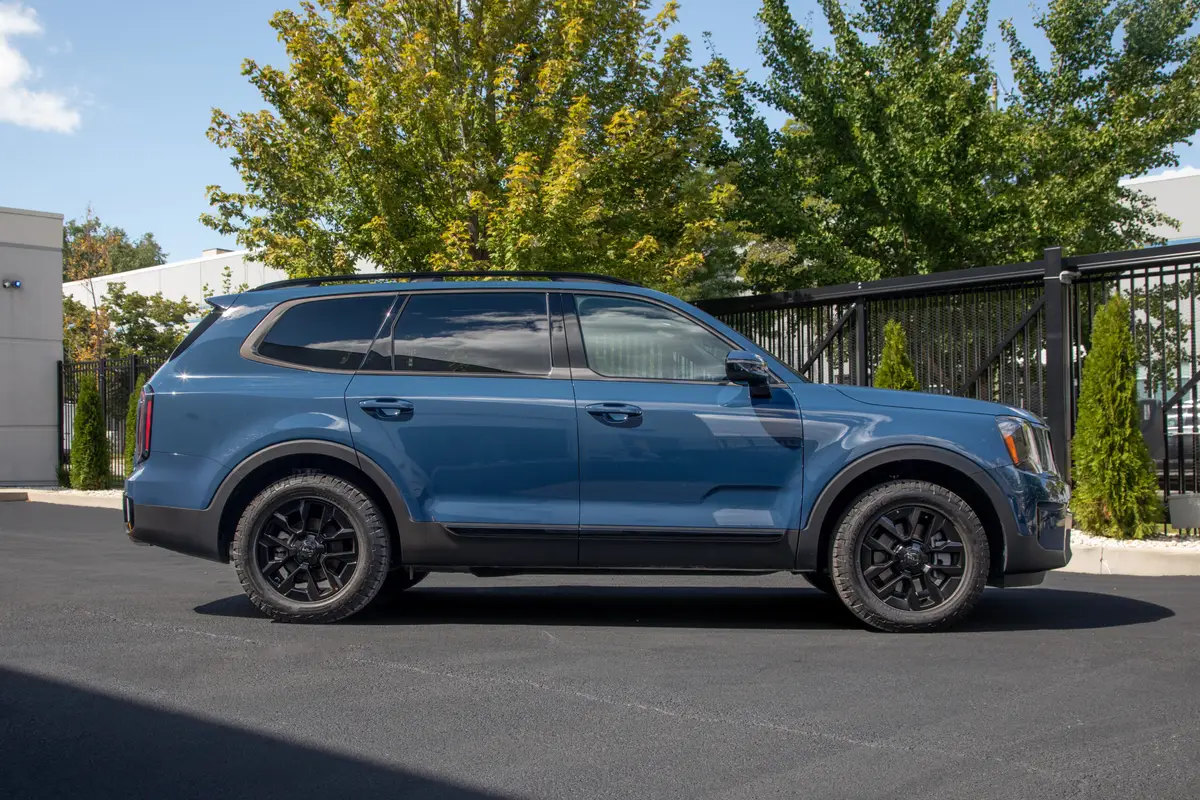
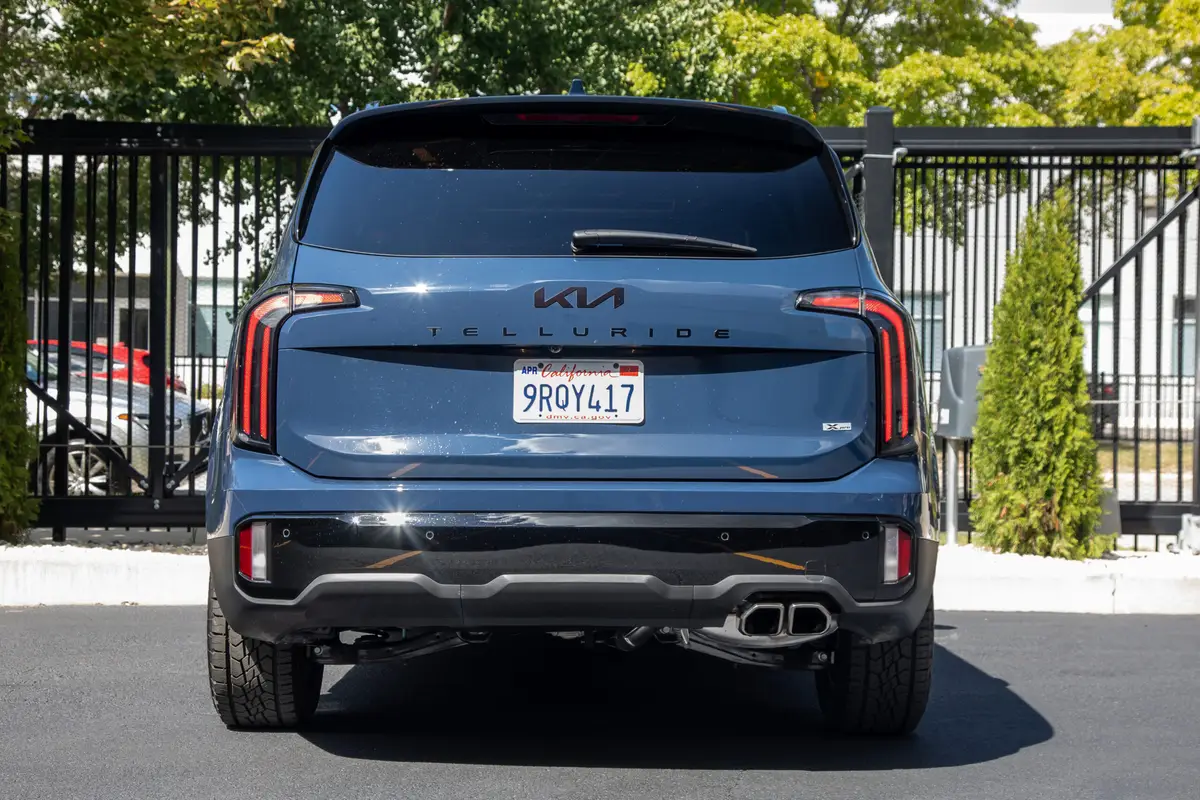
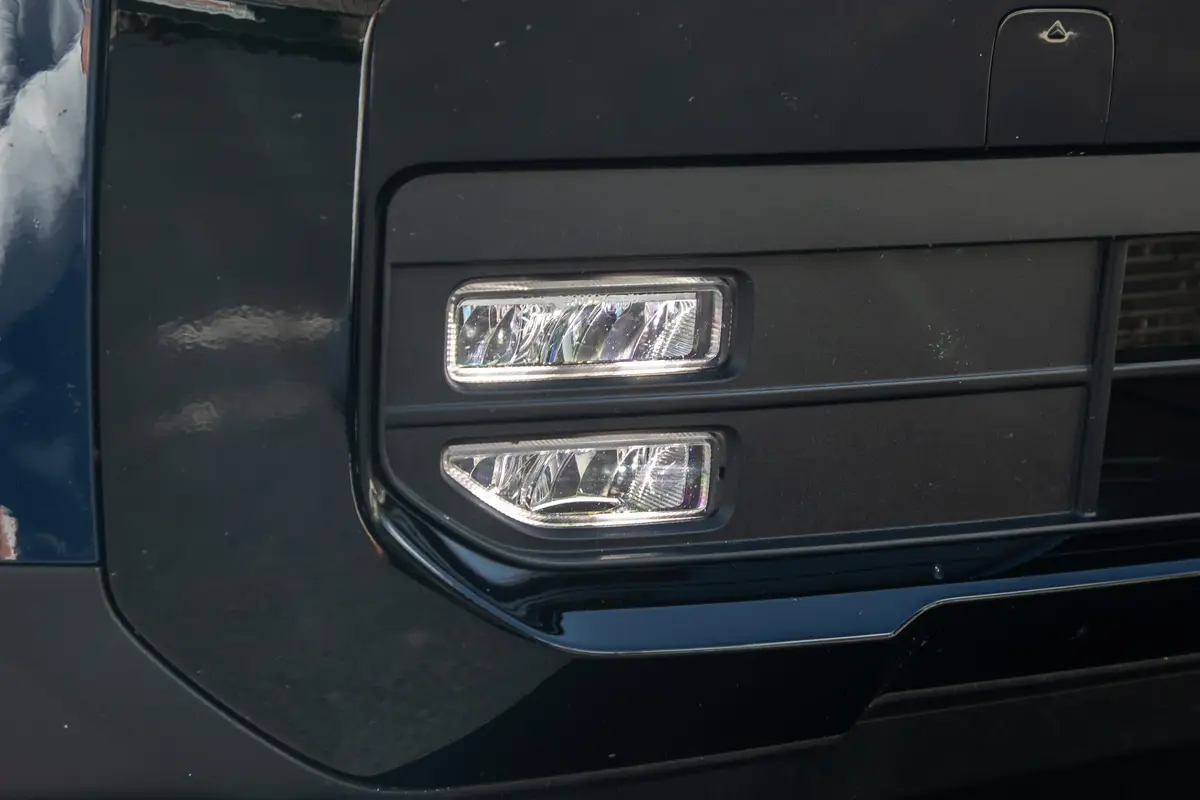
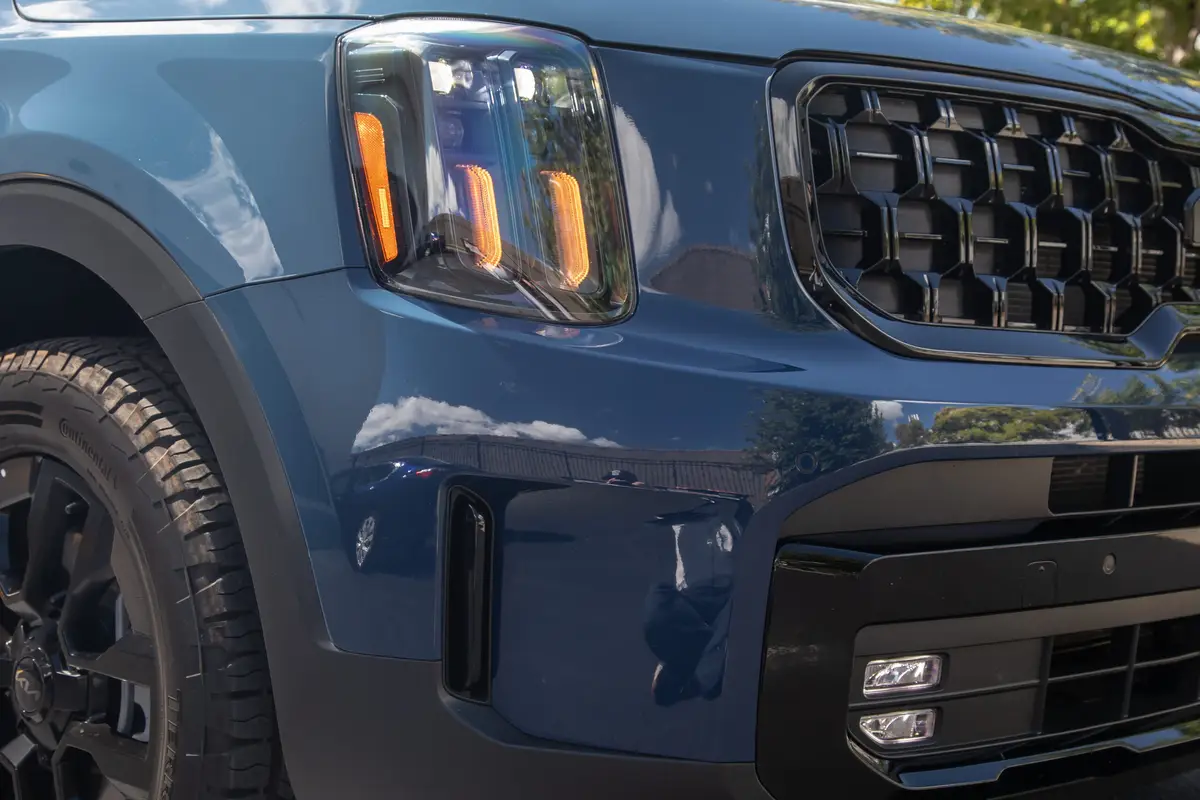
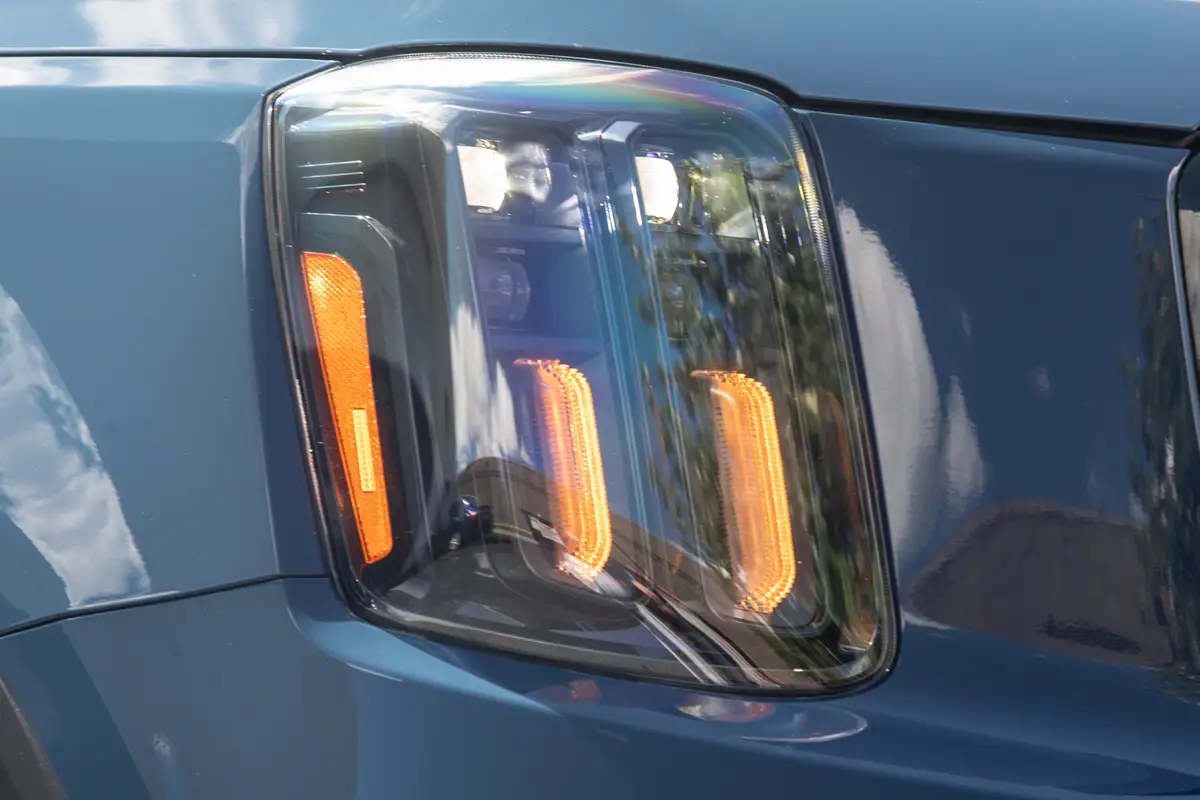
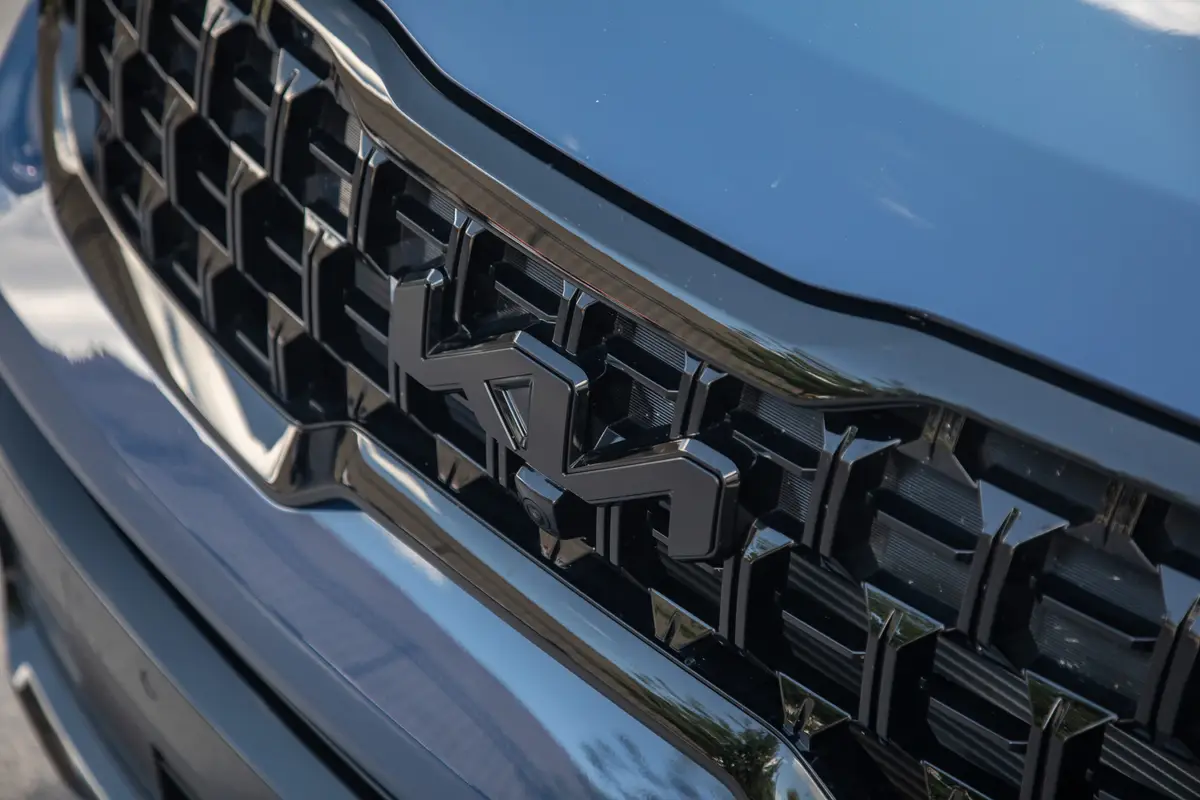
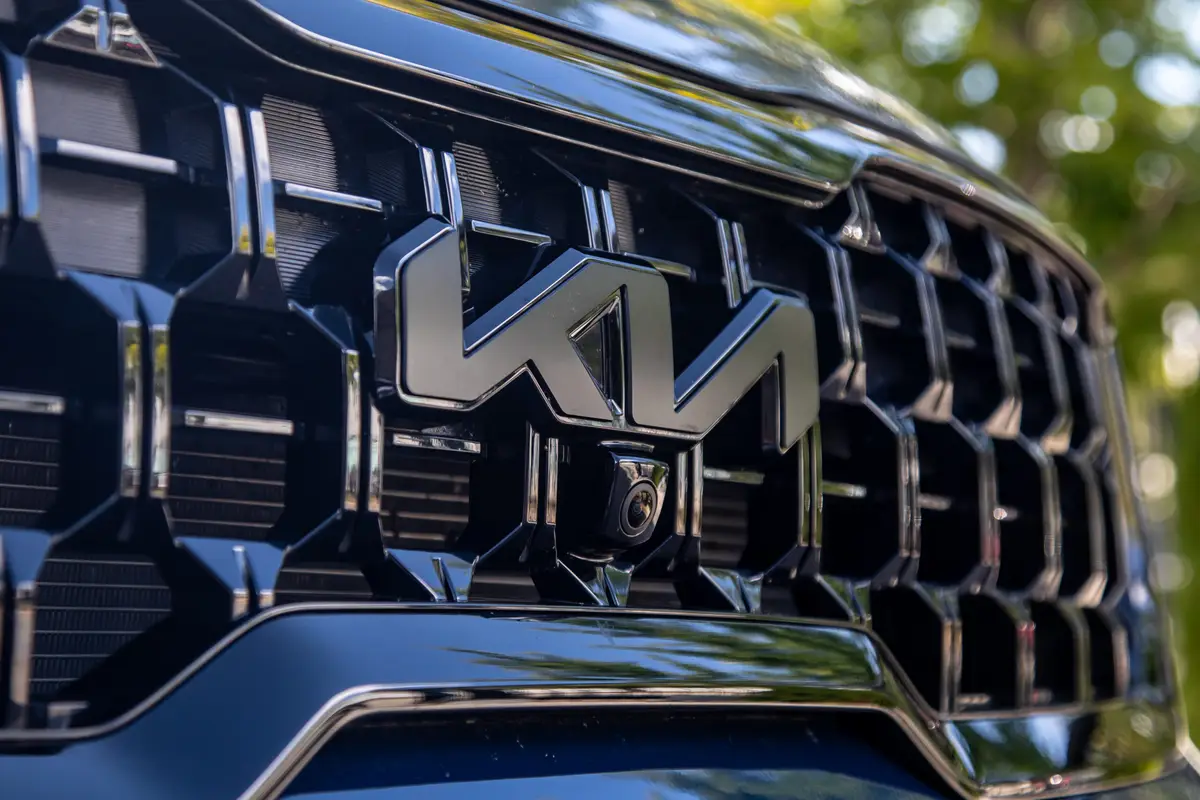

















The Telluride X-Pro boasts 0.4 inch of additional ground clearance versus other Tellurides, for a total of 8.4 inch. It also has slightly better approach and departure angles, an upgraded all-wheel-drive system and the aforementioned all-terrain tires. As far as off-road upgrades go, that’s it. There’s no off-road driving mode, low-range gearing or added underbody protection. The X-Pro does get enhanced towing capabilities, with a max towing capacity of 5,500 pounds instead of 5,000, but that doesn’t help you off-road.
In fairness to the Telluride, we were impressed with its off-road prowess when it debuted … in the sense that it didn’t break on an extremely easy course where we’ve seen similar SUVs succumb to damage. The added ground clearance and better tires of the X-Pro help, but only slightly. The lack of underbody protection means your margin for error is slim.
Given how the X-Pro’s tires negatively affect its on-road behavior, buyers who don’t need its slightly increased towing capacity should probably consider a different Telluride trim. It does look pretty cool, though.
More News From Cars.com:
- What’s New for the 2025 Kia Telluride?
- How Do Car Seats Fit in a 2025 Kia Telluride?
- Which 3-Row SUVs Offer Captain’s Chairs?
- Which SUVs Can Tow at Least 5,000 Pounds?
- These Cars Do Well in Crash Tests for 2025, According to IIHS
Falling Behind?
The elephant in the Telluride’s room isn’t necessarily the EV9, however. The Hyundai Palisade was redesigned for the 2026 model year and is available with a new hybrid powertrain. Beyond the increased efficiency, the new Palisade also gets a modern interior with all the latest tech goodies.
In our comparison of 2020 three-row SUVs, the then-all-new Palisade and Telluride finished first and second, respectively. A little more than four years later, the Palisade held on to the title, but the Telluride slipped to fourth — not because it had gotten worse, but because the competition had gotten better.
While the 2025 Kia Telluride is still an excellent three-row SUV, its problem is that there are a lot more of those on the market these days. Kia is, of course, aware of all this, and it recently released images of a redesigned 2027 Telluride set to make its debut in November at the 2025 Los Angeles Auto Show. Expect the redesign to address the current generation’s technology deficiencies and maybe even add an available hybrid powertrain. An all-new Telluride should also mean deals will become available for this generation of the SUV, which would make its shortcomings more palatable.
Cars.com’s Editorial department is your source for automotive news and reviews. In line with Cars.com’s long-standing ethics policy, editors and reviewers don’t accept gifts or free trips from automakers. The Editorial department is independent of Cars.com’s advertising, sales and sponsored content departments.

Road Test Editor Brian Normile joined the automotive industry and Cars.com in 2013, and he became part of the Editorial staff in 2014. Brian spent his childhood devouring every car magazine he got his hands on — not literally, eventually — and now reviews and tests vehicles to help consumers make informed choices. Someday, Brian hopes to learn what to do with his hands when he’s reviewing a car on camera. He would daily-drive an Alfa Romeo 4C if he could.
Latest news



